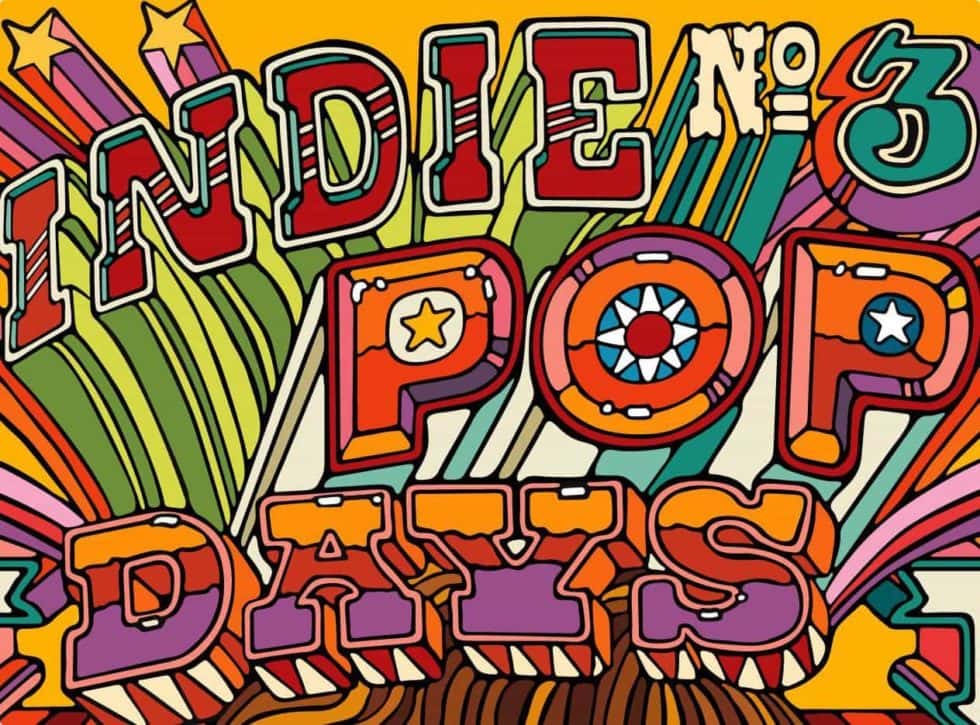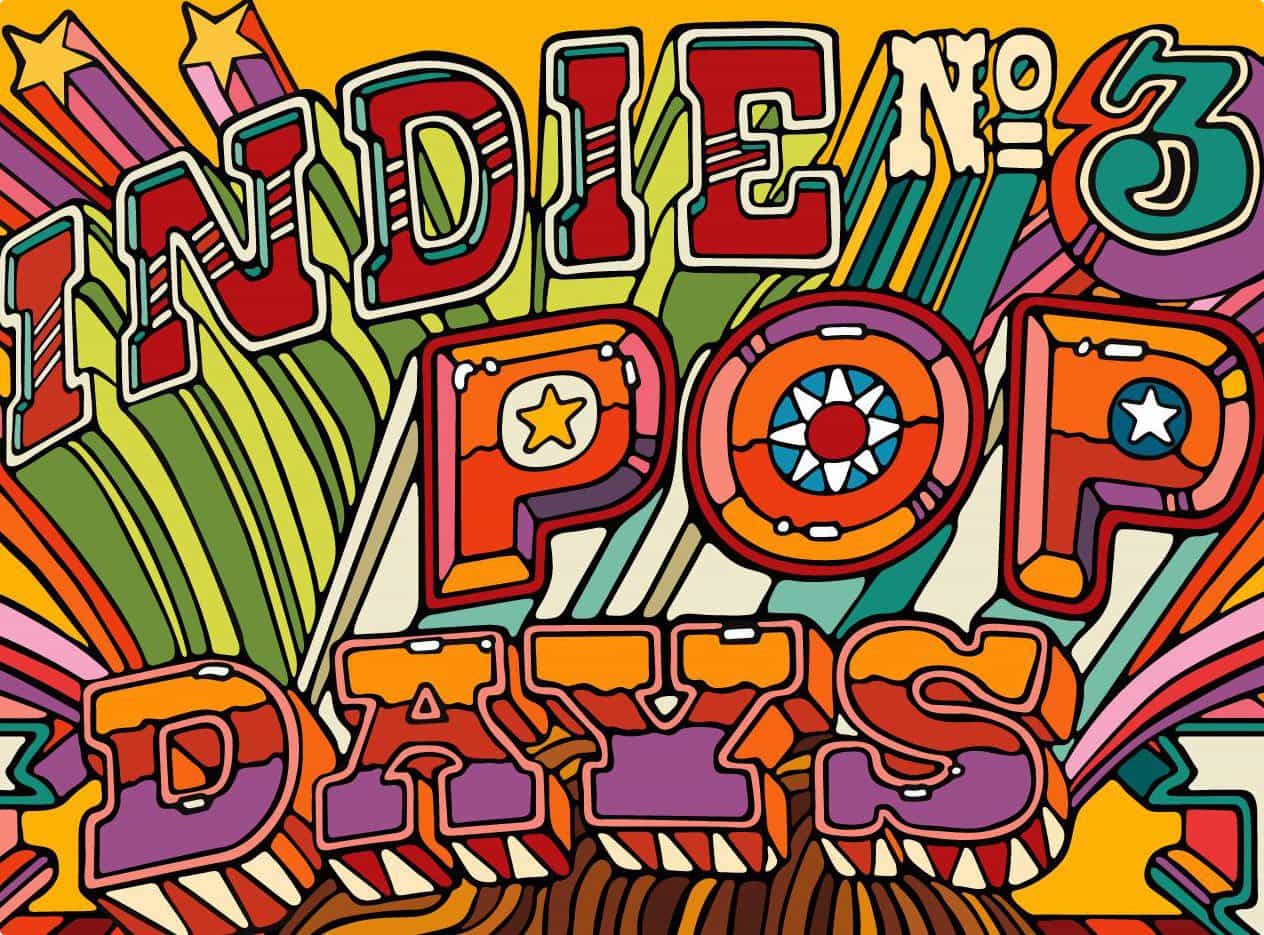
Indie pop: what does that even mean? The confusing history of “pop†and “indie†complicate what should be a simple issue. The fact is the term indie pop has expanded far beyond the literal meaning.
Theoretically, indie would refer to music that is independently produced. Over time, though, it has expanded to include music that sounds like independently produced music, and most often refers to alternative music (another vague genre) that does not get much airtime. “Pop†would theoretically refer to music that is popular, but is now commonly used to refer to a particular kind of mainstream music. Combine these terms, and the confusion only multiplies. I will refer to the distinction by using the separate terms of “independently produced†music and “indie†music, as well as “popular†music and “pop†music.
First off, it is only natural that independently produced music can also be popular. Since this is any genre of music, there are plenty of examples. Now, “popular†is relative, but looking within the genres is generally a good indicator of popularity (such as the popularity of Dream Theater among prog circles, but not on mainstream radio). Independently produced “pop†music is more rare, but still cool and highly revered. It can also lead to even greater success due to the respect people have for successful artists not on major labels. In this category, Macklemore jumps to mind the quickest (though he did make deals for distribution). Indie music that is popular is also a given; ask any indie fan, and they will know the band Wilco.
Indie music that goes mainstream is the most controversial of these topics. Recently, songs like “Home†by Phillip Phillips, “Ho Hey†by the Lumineers, and “Little Talks†by Of Monsters and Men come to mind. “Home†is a fascinating example of mainstream manufacturing of a song that has an indie sound, but does not have the spirit of indie. Many indie fans feel that it is a disgrace to associate this song with indie; I personally do not loathe it this much, but I am not a huge fan either. “Ho Hey†is a more middle-ground song, which started out on alternative stations for a few months before making the jump to mainstream radio. The Lumineers are a pretty good band, but it is clear that they were oriented more towards mainstream success than other indie bands. “Little Talks†is a prime example of an indie song that rises to mainstream simply because it is so universally good. When you listen to other songs off their album, you do not get the feeling (with perhaps the exception of “Mountain Soundâ€) that Of Monsters and Men were aiming for mainstream radio. Their sound is less obscure than other bands, but that is about it.
So where does the “indie pop†of KSPC lie? You can’t go 2 CDs through the stacks of new CD arrivals without seeing a sticker that says “indie pop.†Given KSPC’s mission, it is unlikely that these albums would attain much mainstream success. Not all of them are independently produced either, so the only thing left is music geared towards becoming popular in indie circles. This makes sense, but I strongly discourage this labeling. Any CD hopes to be popular in certain circles, so this label is ineffective at capturing the spirit of the music. To be sure, I can guess at the sound from this label, and there is a certain sound that you can expect from an indie pop band. However, the sheer number of “indie pop†stickers on CDs indicates that there is a ton of variety within this label. I therefore call for people to stop using the term “indie pop†indiscriminately; any variation of the definitions will blend, but you must be clear what you really mean when you write it. Hopefully this will also diversify the descriptors used for music, to more accurately capture the spirit of each unique album.
-Kai, KSPC Blogger
Update: Another clarification-it’s also independent label. So many different meanings.

